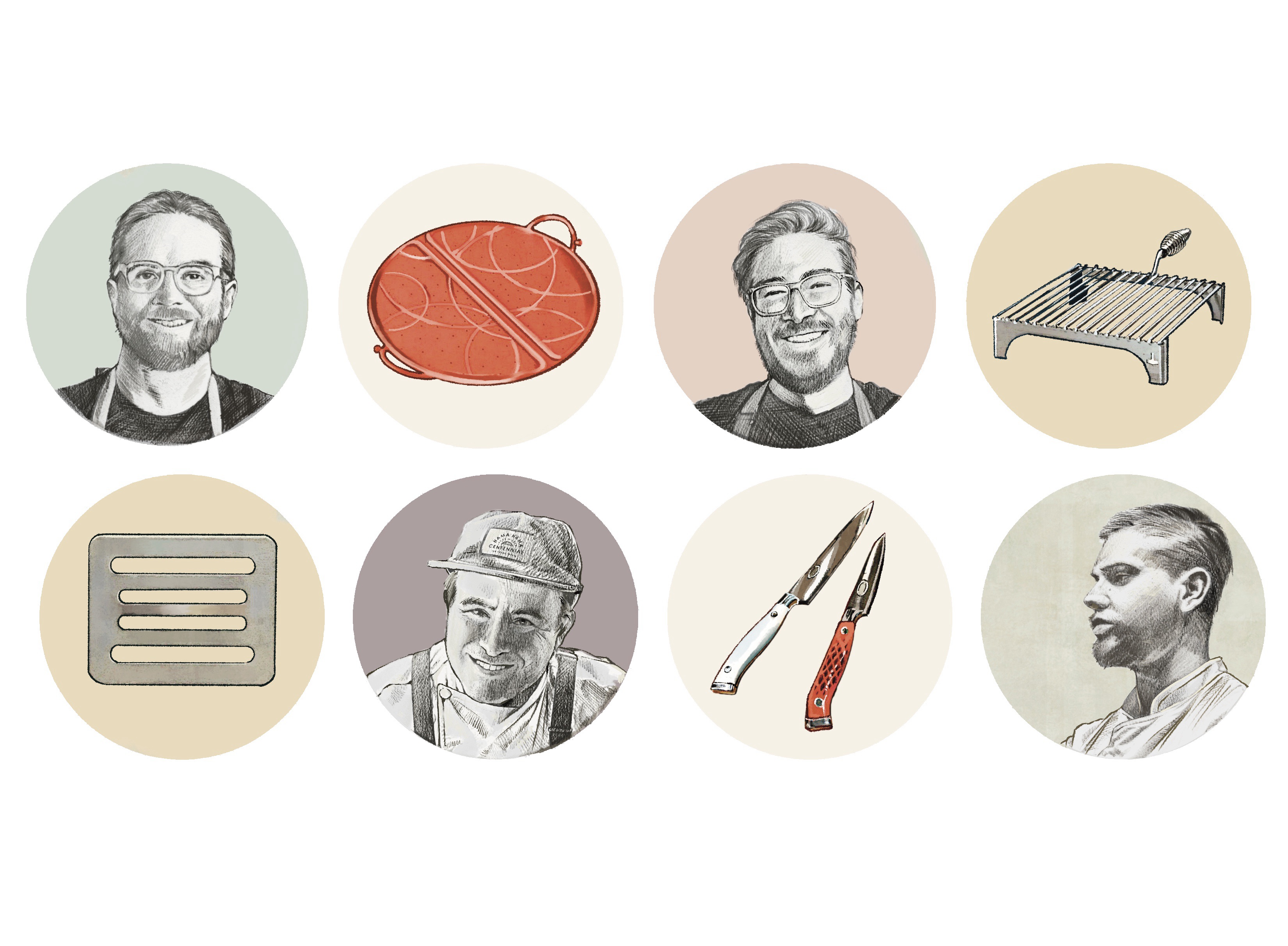When I was younger, any cheap pan from the resale shop or budget-friendly block of generic knives was good enough for me when it came to home cooking. But as you start to take your food more seriously, you find it’s worth investing in something that will both last and make your time in the kitchen easier.
We asked several professional chefs for some of their favorite unsung heroes of the kitchen. Here’s what they picked. Recommended by Lianeace Acevedo, kitchen manager and chef, Smokehouse BBQ and Brews, Bird-in-Hand, Pa.
Recommended by Lianeace Acevedo, kitchen manager and chef, Smokehouse BBQ and Brews, Bird-in-Hand, Pa.
Dutch Oven
 Recommended by Lianeace Acevedo, kitchen manager and chef, Smokehouse BBQ and Brews, Bird-in-Hand, Pa.
Recommended by Lianeace Acevedo, kitchen manager and chef, Smokehouse BBQ and Brews, Bird-in-Hand, Pa.









